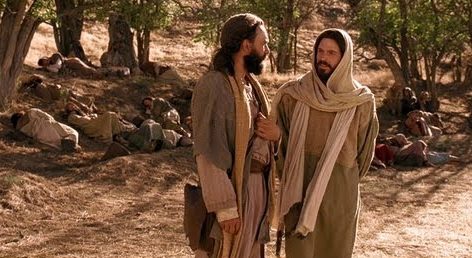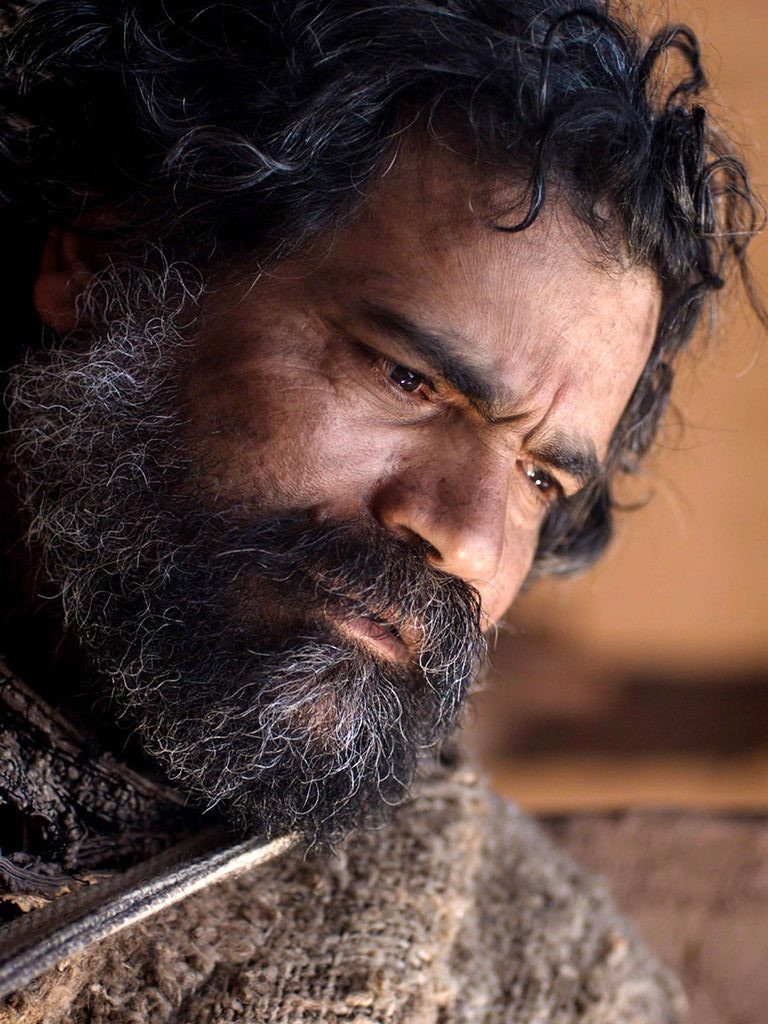The gospel narratives give us many parables of Jesus.
All of them are inspiring, some are challenging, others rather disturbing.
I think that the one in this Sunday’s gospel (27th Sunday, Year A – Mt.21:33-43) must have appeared very shocking to Jesus’ listeners.
And it was!
For us, 21 centuries later, the meaning is obvious and the words leave no doubt as to what Jesus wanted to say.
But I believe that the scribes, the Pharisees and the leaders of the people who heard the words of Jesus also had a rather clear picture of what he meant.
It was aimed at them – at their obstinacy in refusing to recognize him as God’s messenger.
In the verse following the parable we are told: “The chief priests and the scribes realised he was speaking about them” (v.45).
From the start they had challenged him, they opposed him, and they tried to trap him in all kinds of ways.
They saw all too clearly how his miraculous powers had a great influence on the crowds of people coming to hear him from all over the country.
They noted how his compassion for those whom they themselves despised was bringing more and more people to him.
“The crowd looked on him as a prophet but they would have liked to arrest him” (v.46).
A hard text, directed at people precisely hardened in their thoughts and settled in their ways – thoughts of pride and arrogance and ways of contempt and rejection.
Has the story, well-known as it is, anything to tell us in this day and age?
We like to believe that we would never have followed the ways of the Pharisees.
We would never have adopted such a behaviour as theirs.
Yet, one can wonder: are self-conceit, obstinacy, scorn, disdain, bad faith, exclusion, rejection,
are all these absent from our own attitudes in this or that situation?…
One can only wonder . . . and . . . possibly face an unpleasant truth never acknowledged until now.







